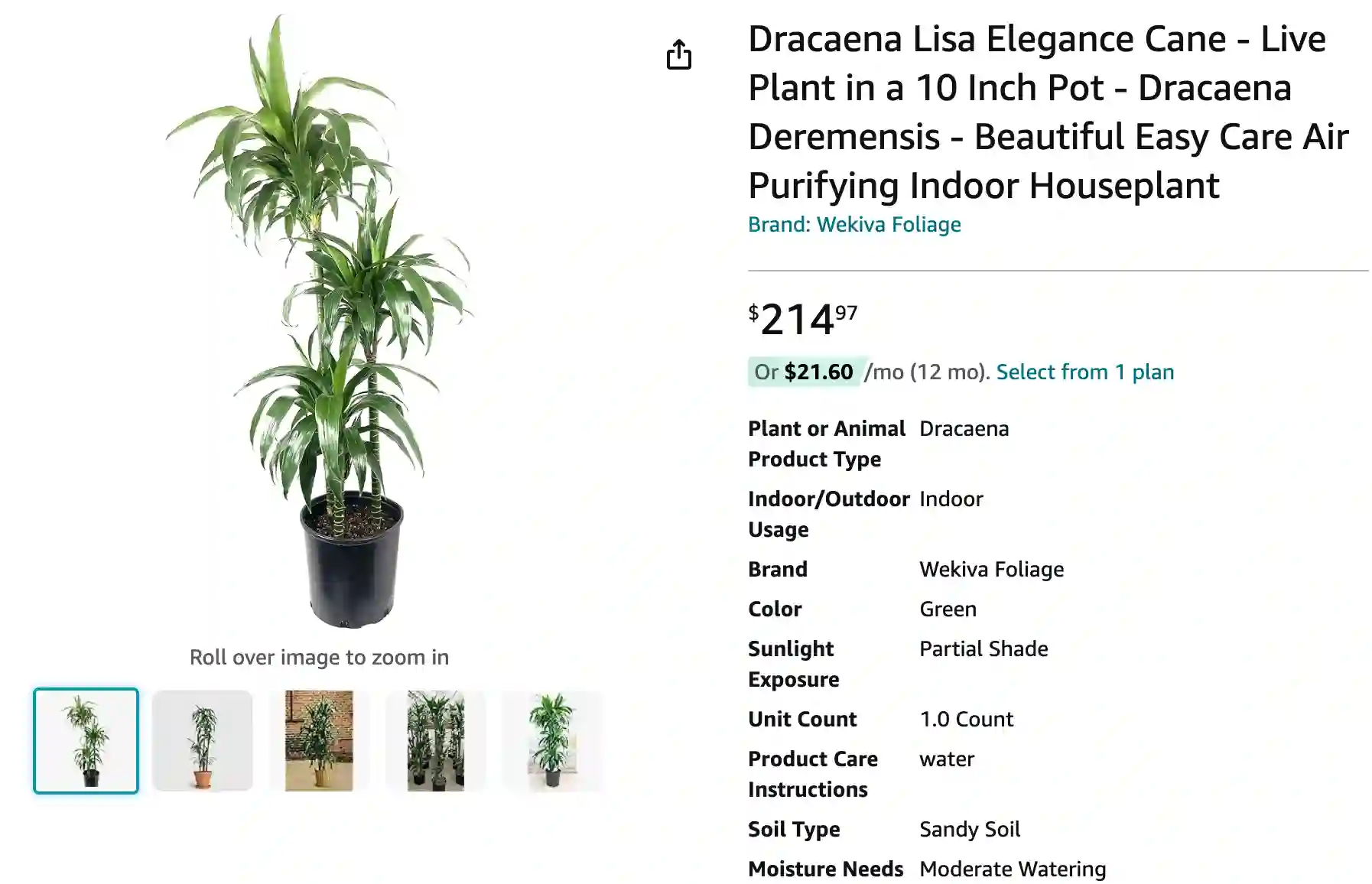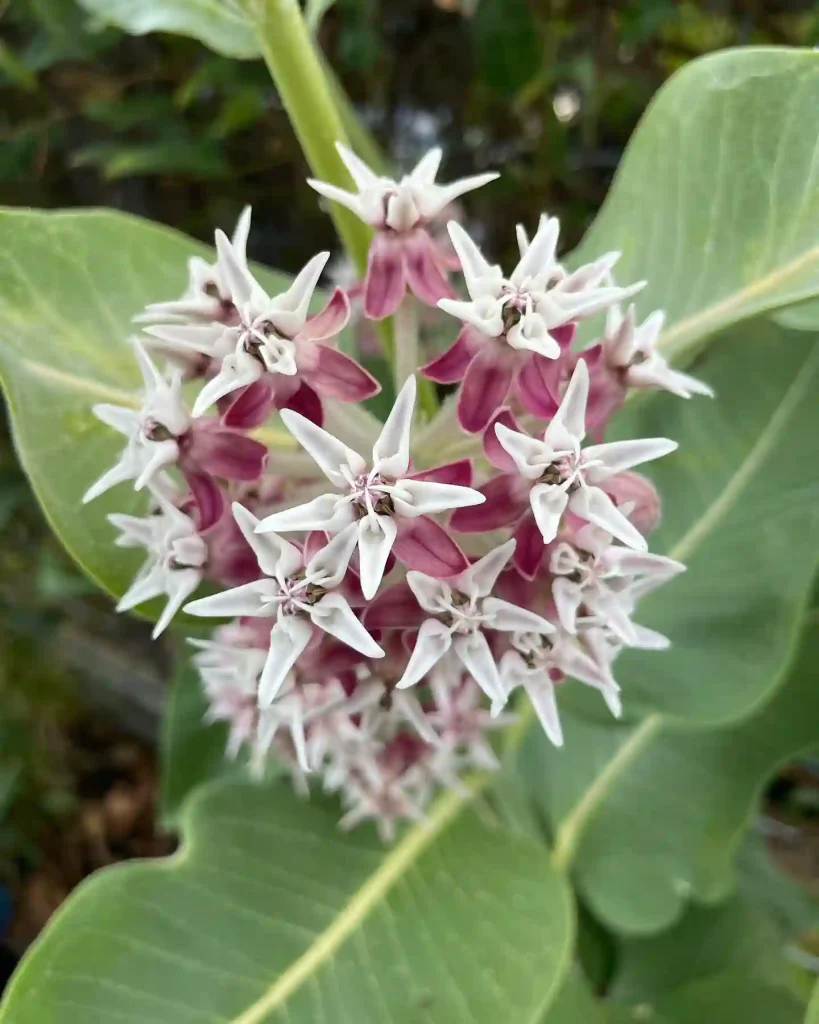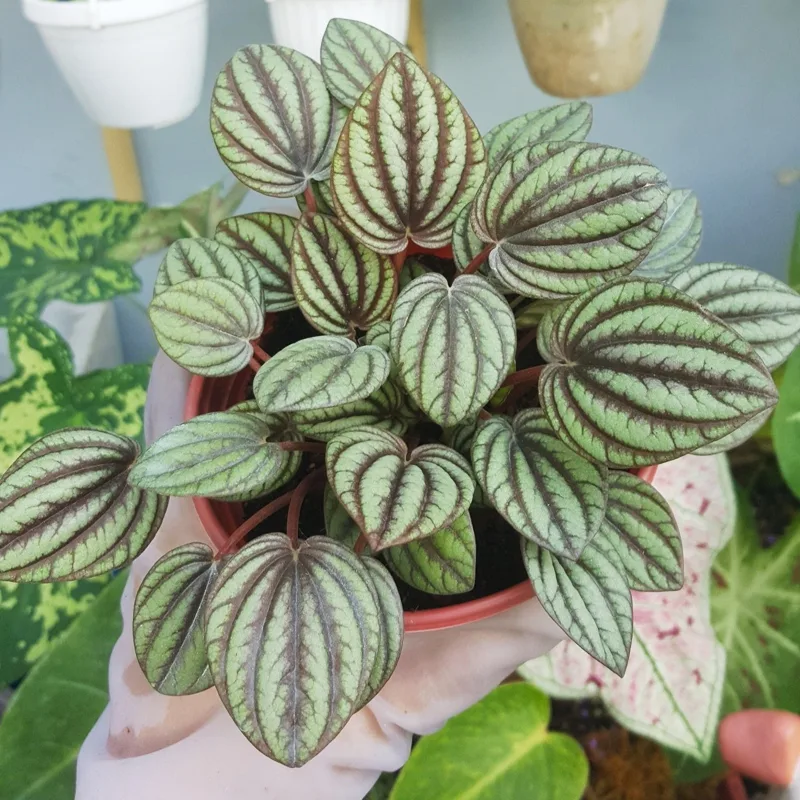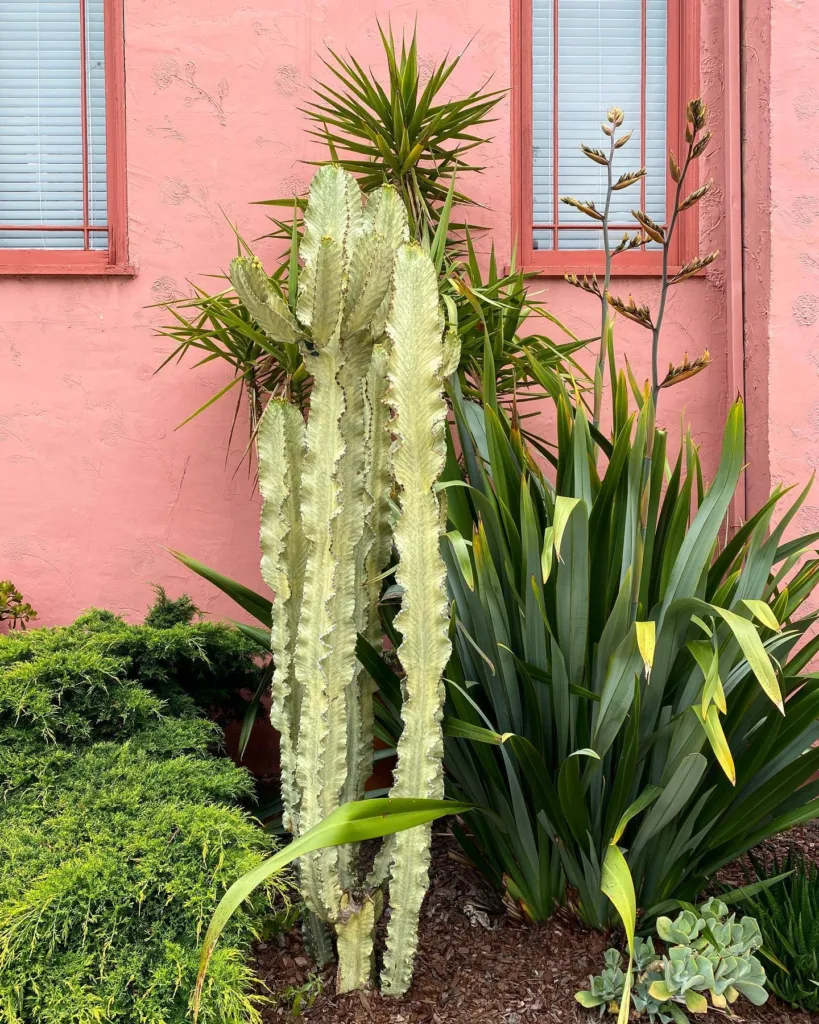
My Love Affair with the Dracaena Lisa
As someone who thrives on low-maintenance plants, the Dracaena Lisa has become a welcome addition to my indoor jungle. Its clean lines, vibrant green foliage, and air-purifying properties make it a true winner. But let’s be honest, even the easiest plants can throw you a curveball if you don’t know what you’re doing. That’s why I’m here to share my experience and everything I’ve learned about caring for this architectural beauty.
198 Species in Genus Dracaena
Dracaena lisa vs janet craig
I’ve found that Dracaena Lisa has a more compact and bushy appearance compared to Janet Craig, which can get quite tall and leggy if not pruned regularly. Personally, I love how Dracaena Lisa maintains its fuller, rounder shape, making it a great choice for smaller spaces or desks. On the other hand, Janet Craig’s robust, dark green leaves have a certain elegance, but it did require more attention to keep its shape and avoid becoming too spindly. Overall, while Dracaena Lisa is a low-maintenance, compact option, Janet Craig can be a striking addition if you’re willing to give it a bit more care.
How to Care for Dracaena Lisa?
Lighting: Mimicking its natural habitat, the Dracaena Lisa prefers bright, indirect light. Think dappled sunlight filtering through leaves. While it can tolerate lower light conditions, you might see leggy growth (those long, bare stems) – a sign it’s searching for more light. South-facing windows can be a bit harsh, so consider sheer curtains for midday shade.
Watering: This is where things get interesting. Unlike some thirsty houseplants, the Dracaena Lisa leans towards the “less is more” approach. Overwatering is its biggest enemy, leading to root rot. Let the top inch or two of soil dry out completely before giving it a good drink. Aim for deep watering that allows excess water to drain freely from the pot’s drainage holes.
Humidity: While not strictly required, the Dracaena Lisa appreciates some extra humidity, especially during dry winters. Grouping it with other humidity-loving plants or using a pebble tray filled with water can help create a more comfortable environment.
Fertilizing: During the growing season (spring and summer), a light feeding every 4-6 weeks with a balanced houseplant fertilizer diluted to half strength is all it needs. Hold off on fertilizing during the colder months when growth slows down.
Temperature: The Dracaena Lisa thrives in average room temperatures between 65°F and 75°F (18°C and 24°C). Avoid placing it near cold drafts or heat vents that can cause stress.
Can Dracaena Lisa Grow in a Small Pot?
Absolutely! The Dracaena Lisa is quite content being root-bound for a while. In fact, it prefers a pot that’s only slightly larger than its root ball. This helps prevent overwatering, which, as we discussed, is a major concern. Repotting is only necessary when the roots outgrow the pot, causing it to become unstable or water to drain out immediately after watering.
Can You Transplant and Pull Apart Dracaena Lisa Plants?
The good news is, yes! The Dracaena Lisa is a forgiving plant that handles transplanting well. If your plant has become too tall or leggy, you can easily prune it and propagate new plants. Simply identify a healthy stem section with a few nodes (those little bumps where leaves grow). Carefully cut below a node and pot the cutting in a well-draining potting mix, keeping the soil slightly moist.
Here’s a bonus tip: You can also transplant multiple stem cuttings together in a wider pot to create a fuller plant.
How to Prune Dracaena Lisa?
Pruning is a great way to encourage bushier growth, control size, and remove leggy stems or damaged leaves. Use sharp, sterilized pruning shears to make clean cuts. You can prune just above a node to encourage new growth from that point. Don’t be afraid to prune quite aggressively – the Dracaena Lisa is a resilient plant and will bounce back beautifully.
Bonus Tip: Dealing with Brown Leaves
Don’t panic if your Dracaena Lisa develops brown leaf tips. This is often a sign of underwatering or excessive salt buildup from fertilizers. Simply adjust your watering schedule and flush the soil occasionally with filtered water to wash away any mineral deposits.
With a little care and attention, your Dracaena Lisa will reward you with years of vibrant foliage and elegant charm. So, embrace the low-maintenance lifestyle and add this beauty to your collection!
If i die, water my plants!



